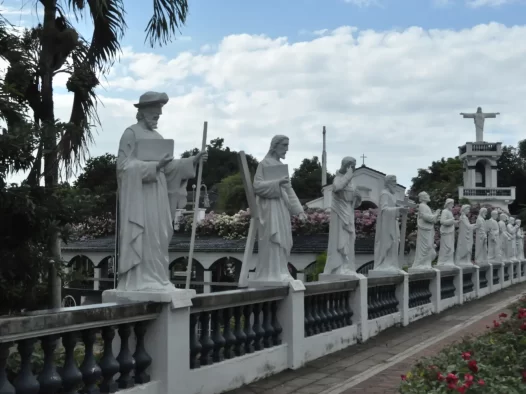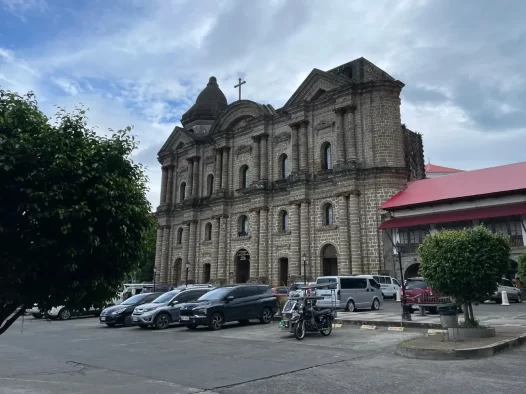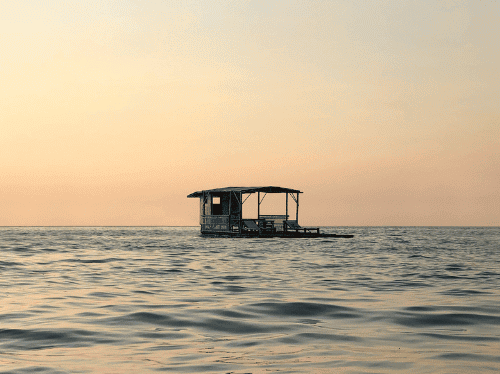Lian
Lian with its unwavering faith and rich history, is home to the Archdiocesan Shrine of Saint John the Baptist—a pilgrimage site and tourist attraction. The Lianeños’ deep devotion to Jesus Christ and the intercession of Saint John the Baptist led to the establishment of this revered church.
A significant cultural and religious event in Lian is the Santuhan, widely practiced by the locals and embraced by neighboring municipalities and provinces. During Santuhan, the image of Saint John the Baptist is invited into households to celebrate special occasions or express gratitude for blessings received. Such is the popularity of this tradition that registrations for Santuhan are already fully booked until 2025.
Lian’s town proper stands as a testament to its captivating history, adorned with structures that bear the influence of Spanish occupation. These well-preserved houses and infrastructures, shaped by the Spanish era, continue to narrate the town’s past. Some of these buildings served as barracks for the Japanese armed forces during World War II, silently embodying the resilience and adaptability of the Lianeños amidst challenging times.
History and Heritage
In the era of the Spanish inquisition, Batangas’ embrace of both local and Chinese traders left an indelible mark on its history.
Lian, a name that resonates through the ages, was born from a unique encounter between a Spanish inquirer and a Chinese merchant. Lost in translation, the trader, believing he was being asked for his own name, responded with “Li-An.”
Once a humble barrio under the wing of Nasugbu, the visionary leadership of the esteemed “Kapitan Isko Lejano” led to Lian’s emancipation from its mother municipality. With ardent determination, Lian transformed into an independent municipality, laying the foundations for its own governance in 1914-1915. It was during this time that Kapitan Isko Lejano assumed the mantle of the inaugural Municipal President, leaving an indelible mark on the town’s history.
The culmination of Lian’s ascent to autonomy arrived in 1933, when the resolute municipal government successfully negotiated the transfer of the entire Estate of Lian Colegio de San Jose from its original owner to the hands of the townspeople. This pivotal moment cemented the town’s dedication to education and communal growth.
However, the shadows of war cast a somber pall over Lian. On that fateful January 16, 1945, Japanese soldiers, entrenched in the confines of the renowned “Hacienda” (now St. Claire Academy) and Lian Elementary School, plunged the entire town into a zone of terror. The lives of 48 valiant guerrillas were ruthlessly extinguished, their sacrifice etched into the annals of Lian’s collective memory.
Yet, the dawn of hope arrived on January 31, 1945, as the American forces liberated the town from the clutches of oppression. In reverence to the indomitable spirit of the fallen 48, the people of Lian commemorate and jubilantly celebrate this day, forever honoring their unwavering courage.
In the grand tapestry of Lian’s heritage, its vibrant spirit finds its crescendo on the 24th day of June. The town fiesta unfolds in reverent homage to its beloved Patron Saint, Saint John the Baptist. With fervor and jubilation, the people of Lian unite, their hearts brimming with devotion and gratitude for the blessings bestowed upon their beloved town.
Climate
The rainy season starts in June and ends in November. When December comes, the people experienced a very cool dawn. The summer season on the month of March to the end of May.
If you prefer a hassle-free trip, you can rent a car or hire a private vehicle for more convenience and flexibility. Public transportation, such as buses and jeepneys, is also available and can be a more budget-friendly option.
Batangas: Where history, beauty, and resilience converge, creating a tapestry of captivating stories and unforgettable moments.
Balsa Festival
Celebrated each year on June 24, Lian honors the birthdate of Saint John The Baptist with its town fiesta. The highlight of this festive occasion is the Balsa Festival, an annual event held at the picturesque Matabungkay Beach. Inaugurated in May 2002, this festival has played a pivotal role in revitalizing the town’s identity, transforming Matabungkay into a popular tourist destination over the past 11 years. The Balsa Festival features a myriad of engaging activities, including the thrilling Balsa Race Competition, the vibrant Balsa Decor and Cultural Dance Competition, a lively beachside concert and dance party, as well as the attendance of notable media personalities and foreign executives, adding to the grandeur of the celebration.

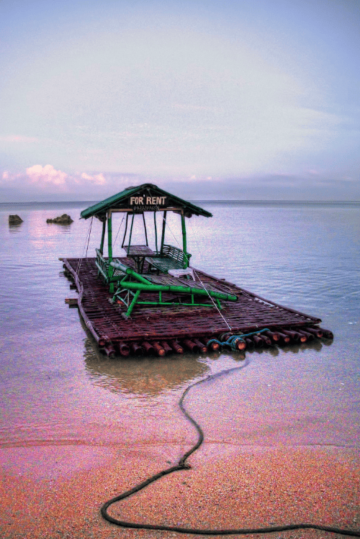

Local Attractions
Batangas in the Philippines offers a range of local attractions that cater to various interests. These are just a few of the attractions you can explore in Batangas. Whether you’re interested in history, nature, or relaxation, the city offers something for everyone.
Getting Around
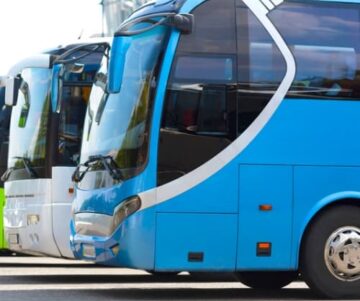
Buses
Buses provide transportation for longer distances, connecting Batangas with other regions and provinces. These buses have designated terminals and offer a more comfortable option for longer journeys.

Jeepneys
Jeepneys are a staple mode of public transportation in the Philippines. They are colorful, elongated jeeps that can carry multiple passengers. Jeepneys follow specific routes and have fixed fares.

Tricycles
These motorized vehicles consist of a motorcycle with a sidecar, which can accommodate around 3 to 4 passengers. Tricycles are commonly used for short trips within the city, and fares are usually negotiable.

